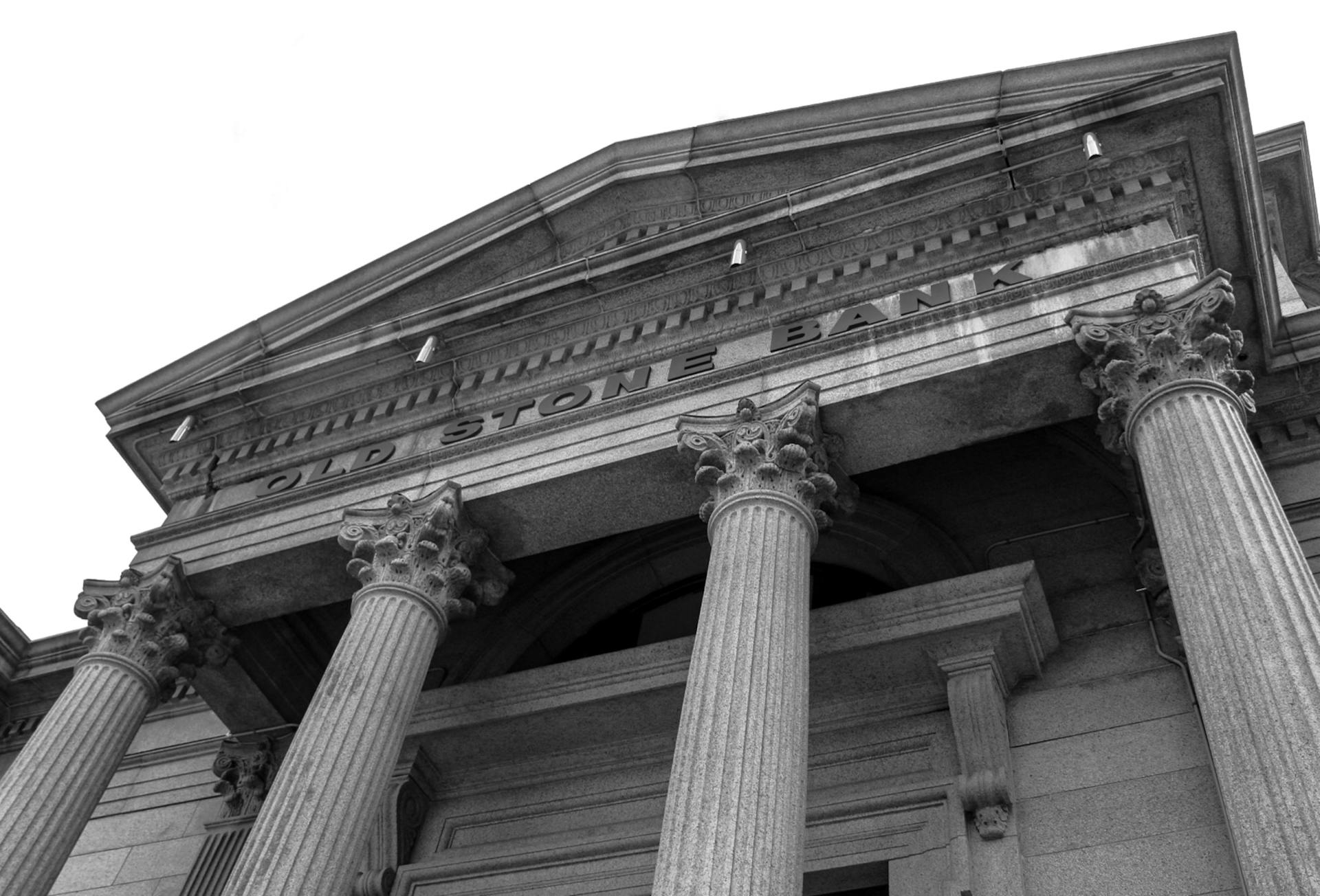
The United States dollar (USD) has a rich history that spans over two centuries. It was first introduced as a currency in 1792, when the Coinage Act established it as the official currency of the United States.
The USD's rise to prominence began in the early 20th century, with the US economy emerging as a global leader after World War I. The country's strong economy and military presence solidified its position as a major world power.
The Bretton Woods system, established in 1944, further cemented the USD's status as a global reserve currency. The system pegged the value of other currencies to the USD, making it the de facto global currency.
Intriguing read: Global Reserve Currency History
Establishment of the US Dollar
The US dollar has a rich history, and it's fascinating to see how it evolved over time. The Coinage Act of 1792 was a pivotal moment in its establishment, giving Congress the power to coin money and centralizing control at the federal level.
The Act established the US dollar as the nation's monetary standard and defined it as 24.1g of pure silver. This was a deliberate move to instill confidence in the money of the newly independent nation, following the disaster of the Continental Currency.
In 1785, the Continental Congress authorized the issuance of a new currency, the US dollar, which was derived from the Spanish dollar. The Spanish dollar was widely circulated and valued for its high silver content, making it a practical choice for the new US currency.
The Coinage Act of 1792 also created the United States Mint, which was tasked with producing and circulating coinage. The first Mint building was in Philadelphia, and it was originally placed within the Department of State.
Related reading: Us 100 Dollar Bill History
Bank of North America
The Bank of North America was America's first attempt at a central bank, established in 1782. It was modeled after the Bank of England and granted a monopoly on the issue of paper money.
This paper money was redeemable for gold and silver, but the public had little faith in its soundness, causing the notes to rapidly lose value. The Bank of North America ceased to operate as a central bank after just one year.
The experience of the Bank of North America was a lesson learned, and it ultimately led to the establishment of a more stable currency. The public's distrust of paper money was a significant factor in the bank's failure.
You might like: Who Invented Paper Money in China
1792 Coinage Act
The 1792 Coinage Act was a pivotal moment in American history, establishing the US Dollar as the nation's monetary standard.
The Act gave Congress the power to coin money, centralizing control at the federal level.
It defined the dollar as 24.1g of pure silver and established the United States Mint in Philadelphia.
The Act also gave authority for gold, silver, and copper coins to be struck.
A bimetallic standard was established with a silver/gold ratio of 15:1.
Discover more: Aus Dollar to Usd History
State governments were prohibited from coining money or issuing paper money.
This was in response to the disaster of the Continental Currency and was designed to instill confidence in the money of the newly independent nation.
The US dollar was derived from the Low Saxon cognate of the High German Thaler, a term that had already been in common usage since the colonial period.
The Spanish dollar, valued for its high silver content, was the most commonly circulated currency used by common Americans.
A different take: Uk Paper Currency
The Jacksonian Movement and Civil War
The Jacksonian Movement, which emerged in the 1820s, was a response to the inflationary boom caused by the Second Bank of the United States. This movement advocated for hard money and 100% reserve banking.
President Andrew Jackson vetoed the re-charter of the Second Bank of the United States in 1832, effectively destroying it as an institution. He also removed government funds from the bank, which had a devastating impact on the institution.
Worth a look: Bofa History
The era between 1836 and 1862 was known as the era of free banking, where there was no national bank and notes were issued by state-chartered banks. The soundness of these notes was determined by the gold and silver reserves of the banks and the degree of confidence that the public had in them.
The Civil War led to a return to federal issues of paper money, which ultimately caused the value of the money supply to fall against gold and silver. The total money supply expanded 137.9% over the course of the Civil War.
Check this out: History of Philippine Money
The Jacksonian Movement
The Jacksonian Movement was a significant event in American history that shaped the country's banking system. The movement emerged in the 1820s, sparked by the Second Bank of the United States' inflationary boom in 1817 and 1818, which resulted in a depression in 1819.
President Andrew Jackson became a key figure in this movement, advocating for a commitment to hard money and 100% reserve banking. He vetoed the re-charter of the Second Bank of the United States in 1832, effectively destroying it as an institution.
Suggestion: History of Banking
The bank's charter expired in 1836, marking the end of the Second Bank of the United States. The separation of government and banking that began with Jackson continued under President Van Buren, leading to the era of free banking from 1836 to 1862.
This period saw no national bank, and notes were issued by state-chartered banks, with their soundness determined by gold and silver reserves and public confidence. The Jacksonian Movement had a lasting impact on American banking, shaping the country's financial landscape for decades to come.
Civil War Era
The Civil War Era was a time of significant change in the US financial system. The federal government issued paper money to finance the conflict, starting with "Demand Notes" in 1861-1862.
These Demand Notes were redeemable into gold and silver on demand. They were later replaced by "United States Notes", also known as Greenbacks, which were issued between 1862-1865.
The 1862 Legal Tender Act established that United States Notes were not redeemable for gold and silver, effectively ending the bimetallic standard and putting the country on a paper standard. This led to a significant expansion of the money supply, growing 137.9% over the course of the Civil War.
Demand Notes were a type of paper money issued in denominations of 5, 10, and 20US$, and they achieved wide circulation. They were the first issue of paper money by the US to do so.
You might like: Us Dollar Value History
Silver Certificates
The Jacksonian Movement and Civil War was a tumultuous time in American history, marked by significant economic and social changes. The 1873 legislation, known as the crime of 1873, had a devastating impact on silver miners and those holding silver.
The value of silver declined against gold, making it harder for the working classes to make ends meet. The Bland-Allison Act of 1878 was passed in response to this criticism, restoring silver to legal tender status and requiring the Treasury to purchase between $2 million and $4 million of silver per month to be minted into coins.
Silver certificates were issued as a result, which were redeemable on demand for silver coin. They were a type of representative money printed from 1878 to 1964 in the United States.
The silver lobby managed to get the Sherman Silver Purchase Act signed into law in 1890, compelling the US Treasury to purchase 4.5 million ounces of silver per month. However, this created a financial panic and was soon repealed in 1893.
Silver certificates were initially redeemable in the same face value of silver dollar coins, and later in raw silver bullion. They were issued in $1, $5, and $10 denominations since the early 1920s.
Only $1 silver certificates were produced in the 1928 series, while fives and tens were mainly Federal Reserve notes. A new 1933 series of $10 silver certificate was printed and released, but not many were released into circulation.
The last government regulation regarding the silver standard was in 1963, when President John F. Kennedy issued Executive Order 11110, delegating to the Treasury Secretary his authority to authorize the US Department of Treasury to issue silver certificates for any silver held by the U.S. Government.
On a similar theme: 10 Hkd in Usd
National Bank Notes
National Bank Notes were a type of currency issued by National Banks chartered by the United States Government between 1863 and 1935. They were usually backed by United States bonds deposited with the United States Treasury.
These notes were not legal tender in general, but they were satisfactory for nearly all payments to and by the federal government.
United States Notes
United States Notes were a type of paper money issued from 1862 to 1971 in the U.S. They were known as "greenbacks" and were issued for longer than any other form of U.S. paper money, over 100 years.
These notes were created as fiat currency, meaning the government never guaranteed to redeem them for precious metal. The 1862 Legal Tender Act established that United States Notes were not redeemable for gold and silver, effectively ending the bimetallic standard and putting the country on a paper standard.
The value of United States Notes fell against gold and silver over time, causing inflation. The total money supply expanded 137.9% during the Civil War, largely due to the issuance of these notes.
United States Notes were also known as Legal Tender Notes, and they were a convenient way to pay in gold when the United States observed a gold standard. They were redeemable in gold, but only on demand.
The issuing authority for United States Notes came from different statutes than Federal Reserve Notes, which were created as a result of the Federal Reserve Act of 1913. United States Notes were inserted directly into circulation free of interest, whereas Federal Reserve Notes generate seigniorage for the Federal Reserve System.
Return
The Jacksonian Movement and Civil War was marked by a significant shift in the country's politics and social dynamics. This led to the return of many Southerners to their homes, which had been occupied by Northern soldiers.
As the war drew to a close, the Union army began to withdraw from the South, allowing many Southerners to return to their homes. The return of these soldiers was a crucial step in rebuilding the nation.
The return of Southerners to their homes was met with a mix of emotions, from joy and relief to anger and resentment. Many had been forced to flee their homes in the first place, and now they were eager to return.
As people returned to their homes, they found that many had been damaged or destroyed by the war. The infrastructure, economy, and social structures of the South had been severely impacted.
The return of Southerners to their homes was a complex and challenging process, but it marked an important step towards rebuilding the nation.
Impact
The Jacksonian Movement and Civil War had a significant impact on the United States. The country enjoyed some benefits due to the dollar serving as the international reserve currency, making it less likely to face a balance of payments crisis.
Frequently Asked Questions
What year did the U.S. dollar have the highest value?
The U.S. dollar reached its all-time high value in 1985. This significant milestone occurred in February of that year, when the dollar's value peaked at 164.72.
What was used before USD?
Before the United States dollar (USD) was introduced, the primary form of currency in the American colonies was Continental Currency, a paper currency that lost value due to a lack of backing and counterfeiting issues. This led to the eventual adoption of other currencies, including the US dollar, which was established in 1792.
Sources
- https://horizonfinancial.net/blog/history-of-currency-in-the-united-states
- https://www.pbs.org/video/the-history-of-the-us-dollar-eh845k/
- https://www.hardmoneyhistory.com/history-of-us-currency/
- https://www.bankbazaar.com/currency-exchange/historical-value-of-1-usd-in-inr.html
- https://en.wikipedia.org/wiki/History_of_the_United_States_dollar
Featured Images: pexels.com


